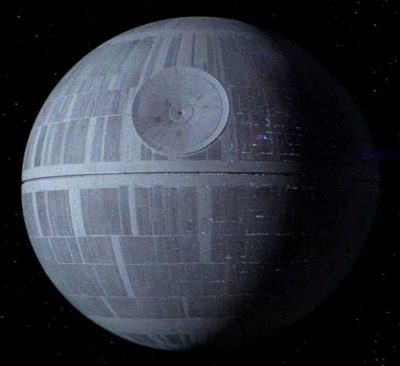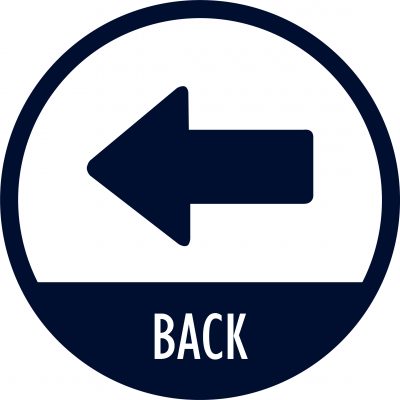Welcome to the module on New Literacies for digital age Reading and Writing.
Preschoolers may be natural multimedia story tellers. But then at preschool or shortly after, at age 6 or before, school intervenes and teaches emerging transmedia storytellers that printed words are the superior way to convey one’s thoughts, ideas, and stories. Yet technology now exists to support even young children in telling stories with music, sounds, images, voices and (of course) well-crafted text. Yet just as with printed text, there are “new” literacies associated with shooting good video (lighting and sound recording), effective video editing, persuasive selection of music, and powerful uses of still images, and as a teacher you should be prepared to guide your students toward these important communication literacies. But be careful. Along with the technical capabilities to produce multimedia documents, comes the ability to throw all the “bells and whistles” of images, transitions, animations, sounds, and music into a document with confusing and often ineffective results. So teachers must be prepared to help their students develop the “new literacies” associated with multimedia story telling. In the context of Common Core State Standards, Kist (2013) lists some suggestions as to how to begin to “work in” digital literacy with paper-based literacy.
What is digital literacy?
This short 2016 Education Week article reviews some of the basic things that are often discussed, including the American Library Association’s definition. Don Leu and his group have been working on the reading aspect of this for many years and have worked toward a theory of new reading literacies. In his crowd sourced blog/book on Beyond Literacy Michael Ridley curates a discussion of what lies beyond traditional reading and writing. Interestingly, you might note that the wikipedia definition of crowdsourcing linked in the previous sentence is itself crowdsourced as you can see in the history of that wiki page. This is one new way that writing is done in a digital age– it is collaborative, online, and inherently social– the result of many “authors.”
After viewing these resources, how would you define digital literacy?
Transmedia, Multimedia, Cross media… oh my!
Take a look at the children’s book Inanimate Alice and notice that not all her adventures are told in the same manner. You may notice that the adventures are told with varying combinations of text, photos, video, music and graphics, and often include interactive playful elements that support the story. Now consider the familiar story of Goldilocks and the 3 bears. This story can be told (beginning to end) in various ways, as just text in an illustrated book, as a video, or even as a 50 minute movie. This is an instance of Cross Media storytelling, where an entire story is told, in total, using a variety of media.
Consider how retrieving information with technology is so easy, but Locating (the right material for a specific question), Evaluating (fake or biased information), Synthesizing (disparate views and ideas), and Communicating (effectively using a variety of media) it is not. Consider trying out some websites to help your students detect fake news and evaluate web site content, like Factitious and Bad News. In his 1 hr 30 min presentation at Harvard, Dr. Don Leu made the case that these days, we probably should use online reading as the main way to teach in support of developing students’ offline decoding skills. With his ORCA assessment, he illustrated that typical students, even good readers of traditional texts, may have trouble locating, evaluating, synthesizing, and communicating what they read online.

Now consider the “story” of Star Wars.
If you are at all familiar with it, you know that the story of the Death Star (pictured here) is something that is best told using feature films on the big screen, or better yet, in iMax theaters. But to understand the long arduous work it takes to become a Jedi, the grinding in a video game makes perfect sense. Where a book ends, the movie begins, and characters develop across stories told by the primary authors as wells as through fan fiction. And the world building just goes on from there– cookbooks with Wookie Cookies, Sphero’s BB-8 robot, Disney’s Star Wars theme park and resorts, and it just goes on. The story unfolds across time, across authors, and across media as diverse as you can imagine. This is Transmedia storytelling. And our schools are now tasked with preparing our students to be transmedia authors (readers and writers).
How do teachers need to broaden their view of the reading and writing skills they nurture in students?
Perhaps the first step is for teachers to become more comfortable with reading and writing in media beyond text. Not that text is not important. But rather, text alone may not be enough to be a 21st century communicator.
Experience some Transmedia Storytelling (it may chance your perception of reading/writing)
- Inanimate Alice (multimedia stories)
- The Lizzie Bennet Diaries (a multimedia adaptation of Pride and Prejudice)
- Role of characters in transmedia (Script Magazine)
- Tombleson’s Thoughts about storytelling in 2020
Well sure, stories are great for History or Language Arts, but there is no place for telling stories in math and science, right? Well… recent “big data” analysis of all forms of information sharing may suggest stories, specific the narrative arc, is central to STEM content as well.
TL;DR
I wonder how long is too long, for a video idea or persuasive point to be made. So many thing are too long; didn’t read (tl;dr). In an age of Tiktok memes, perhaps rather than the 5 paragraph essay, persuasive “essays” are an array of shorter, more targeted, point. While we are not advocating using Tiktok specifically in the classroom, Our challenge is to help our 5221 students to develop their story-telling abilities and how it might impact how we teach reading and writing in a digital age.
Collaborative Writing and co-creation of content
New Horizons report on Work and Digital Literacy (Nov 2017, PDF)
Video and Multimedia Production Resources
- Capturing good video using a smart device camera (7 tips)
- A Priest, a Rabbi, & a Minister walk into a bar.… (meta analysis on the use of humor in persuasive communications)
- Use exposure lock, and get the microphone close if you can.
- TED blog on effective video editing (tips and hints on making an effective video)
- Tips for transmedia storytellers.
Stretch Goals
Describe how teacher fluency and comfort with producing multimedia with videos might impact implementing the UDL framework.
Enduring Understanding- Student Learning Outcome from this module
This module intends to prepare teacher for ISTE Standard for Educators 2c that states: Model for colleagues the identification, exploration, evaluation, curation and adoption of new digital resources and tools for learning.
Clearly the new literacies for online reading comprehension and analysis and the new writing literacies of composing narrative and expository arguments across multiple media are the context for the more narrowly defined ISTE standard regarding the use of digital resources.
Reference
Kist, W. (2013). New Literacies and the Common Core. Educational Leadership. 76(4), 38 – 43.
